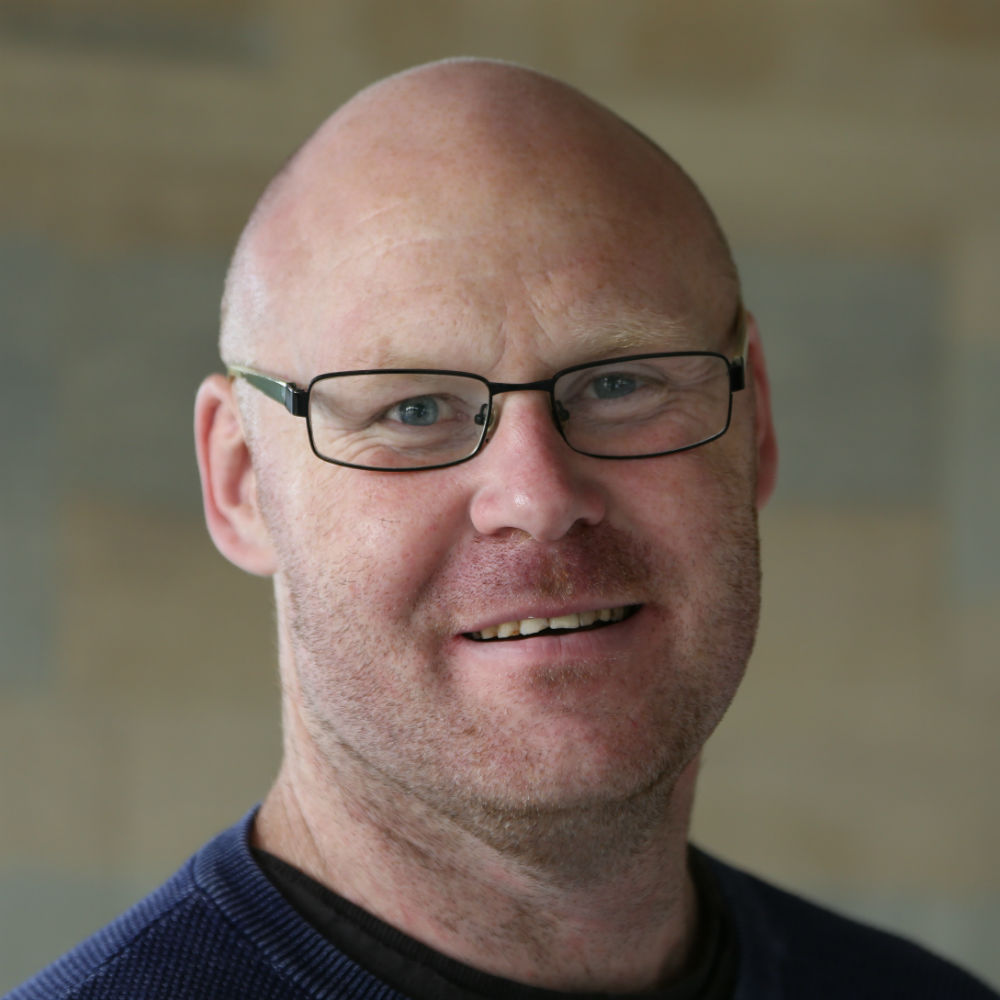Our Aim
The Clinical Exercise and Rehabilitation Research Cluster’s (CERC) aims are to participate in multi- and inter-disciplinary research and influence policy with the purpose of preventing and managing acute and chronic musculoskeletal conditions and injuries and non-communicable diseases (NCDs) that contribute towards mitigating morbidity to enhancing health and wellness across the lifespan.
Our Vision
The Clinical Exercise and Rehabilitation Research Cluster’s (CERC) vision is to create clinical, community-led, and governmentally-driven solutions for all persons to live a healthy long life, free from preventable suffering and disability caused by musculoskeletal conditions and preventable non-communicable diseases (NCDs).
Our Mission
The Clinical Exercise and Rehabilitation Research Cluster (CERC) brings together the expertise and skills of academics, industry, and relevant stakeholders concerned with addressing the following societal issues:
- Issue 1: Prevent ever-growing prevalence of acute and chronic musculoskeletal conditions and non-communicable diseases (NCDs) to reduce morbidity and treatment cost, while enhancing quality of life.
- Issue 2: To manage established acute and chronic musculoskeletal conditions and non-communicable diseases (NCDs) to reduce morbidity, mortality and treatment cost of existing conditions and diseases, while enhancing quality of life.
- Issue 3: Optimise the outcomes in individuals with already established NCD through the development of novel and innovative tools.
- Issue 4: Understanding the mechanisms, incidence, and prevalence to inform the primary prevention of non-communicable diseases (NCDs) in a way that contributes to mitigating morbidity and elevating long-term quality-of-life.
- Issue 5: Understanding the mechanisms, incidence and prevalence to inform the rehabilitation and management of traumatic and gradual-onset injury in a way that contributes to mitigating morbidity and elevating long-term quality-of-life.
- Issue 6: Curb local and international health inequalities through appropriate and scientifically-driven prevention and management mechanisms.
Related research degrees














